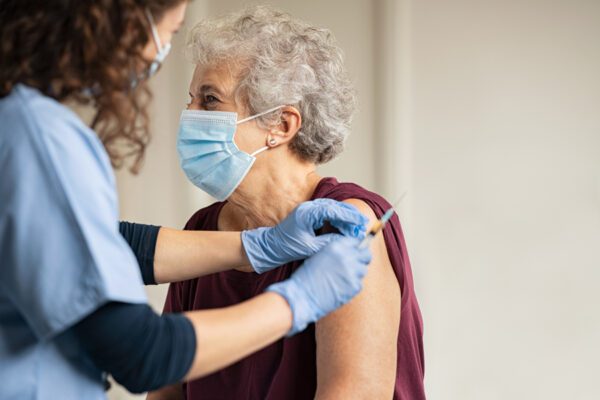Adults need to play, too, which is why we’ve got man caves and she sheds.
From restoring antique cars to zoning out with zen coloring books, we like our toys. (We’ve even been swept up in the fidget spinner craze.)
Some big toys, though, carry adult-sized risk that require significant caution and in some cases serious consideration about having them around at all. Pools, all-terrain vehicles, and trampolines are examples of “toys” that can be fun for most ages, but also carry significant liability and risk management considerations. They can be the equivalent of a loaded gun left on the coffee table for the five-year-old to find.
In the case of trampolines especially, the liability may outweigh the pleasure they provide to such a degree that opting out of having one at home makes the most sense.
Trampolines: Might as well not jump
Trampolines are responsible for a world of hurt. The statistics are pretty staggering. According to the Journal of Pediatric Orthopaedics, from 2002 to 2011, more than a million people went to the emergency room for trampoline-related injuries. The average age for those with fractures was 9.5 years; 92.7% of the injured were 16 years old or younger, roughly evenly split between boys and girls.
No wonder some insurance carriers will not insure a home if it has a trampoline! They know if there is one, friends and neighborhood kids will inevitably be playing on it, creating a high potential for a liability claim against the homeowner. Carriers that do provide coverage will often charge sky-high rates for doing so.
Safety tip — If you must jump, we suggest sticking with an indoor trampoline park. Keeping a trampoline at home is just not worth it.
Swimming Pools: Don’t get all wet
Swimming pools are pretty great on a hot summer day, and even for relaxing by on cooler nights. However, from a risk management standpoint, they are not so attractive, especially if there are young children at home.
According to the Centers for Disease Control, more than 3,500 people a year die in accidental drownings. Children ages 1 to 4 have the highest drowning rates, and most of those occur in home swimming pools.
Unlike trampolines, for most people the benefits of a pool outweigh the liability, especially if you don’t have young children at home. Insurance carriers (and local ordinances) will require fencing with lockable gates and other precautions that will prevent unauthorized access to your pool area.
Safety tip — The key to preventing accidental drowning is to ensure those who cannot swim or who are impaired by alcohol are not left unsupervised by the pool. In the case of very young children, turning away even for a moment can be disastrous. Ensure there are at least two adults on guard whenever the child is near the pool.
All-terrain vehicles: Off the crash course
All-terrain vehicles let you tool around all sorts of places thanks to three or four low-pressure tires that can traverse muddy, craggy, complicated landscapes.
They are also unstable, driven in dangerous areas, and carry so much inherent risk even when operated appropriately that ATV owners, like motorcycle owners, need to have special liability insurance that provides coverage in the case of an accident.
If you own an ATV, to prevent adding even more risk, do not allow others to drive your vehicle and do not carry passengers beyond what the vehicle is rated for.
Safety tip — Keep the keys to your ATV locked up where curious teenagers (or anyone else) cannot get to them. This is definitely not the vehicle you want taken out for an unauthorized joy ride.
Regardless of the kind of big kid toys you like, an umbrella liability policy is the risk management solution that will cover you should disaster strike. An umbrella will extend your homeowner’s liability coverage by a million dollars or more for just a couple hundred dollars a year. It’s a liability solution that will allow you to play with peace of mind intact.
Material posted on this website is for informational purposes only and does not constitute a legal opinion or medical advice. Contact your legal representative or medical professional for information specific to your legal or medical needs.


